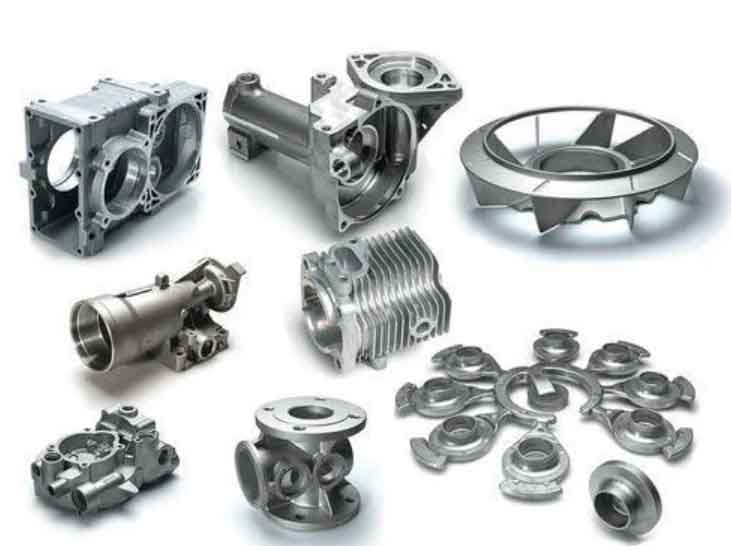Gray cast iron offers several advantages in manufacturing, making it a popular choice for various applications. Two key advantages of gray cast iron are durability and machinability:

- Durability: Gray cast iron is renowned for its exceptional durability and wear resistance. The presence of graphite flakes in the microstructure provides built-in lubrication, reducing friction and wear between surfaces. This property makes gray cast iron particularly suitable for components subjected to sliding or abrasive wear, such as engine cylinders, brake drums, and hydraulic components. Its ability to withstand wear over prolonged periods without significant degradation makes it a reliable choice for heavy-duty applications.
- Machinability: Gray cast iron is highly machinable, meaning it can be easily cut, shaped, and drilled using conventional machine tools. The presence of soft ferrite in the microstructure allows for easy chip formation during machining, leading to improved tool life and reduced machining costs. This machinability makes gray cast iron an ideal material for manufacturing intricate and complex components with tight tolerances. Its ease of machinability contributes to its widespread use in automotive, construction, and industrial sectors.
Additional advantages of gray cast iron include its excellent thermal conductivity, which makes it suitable for heat transfer applications, as well as its good damping properties, which help reduce vibrations and noise in various applications.
Despite these advantages, gray cast iron does have some limitations, including its brittleness and limited tensile strength compared to other materials like steel. However, for applications where its strengths align with the requirements, gray cast iron remains a popular choice due to its cost-effectiveness, ease of manufacturing, and reliable performance.
